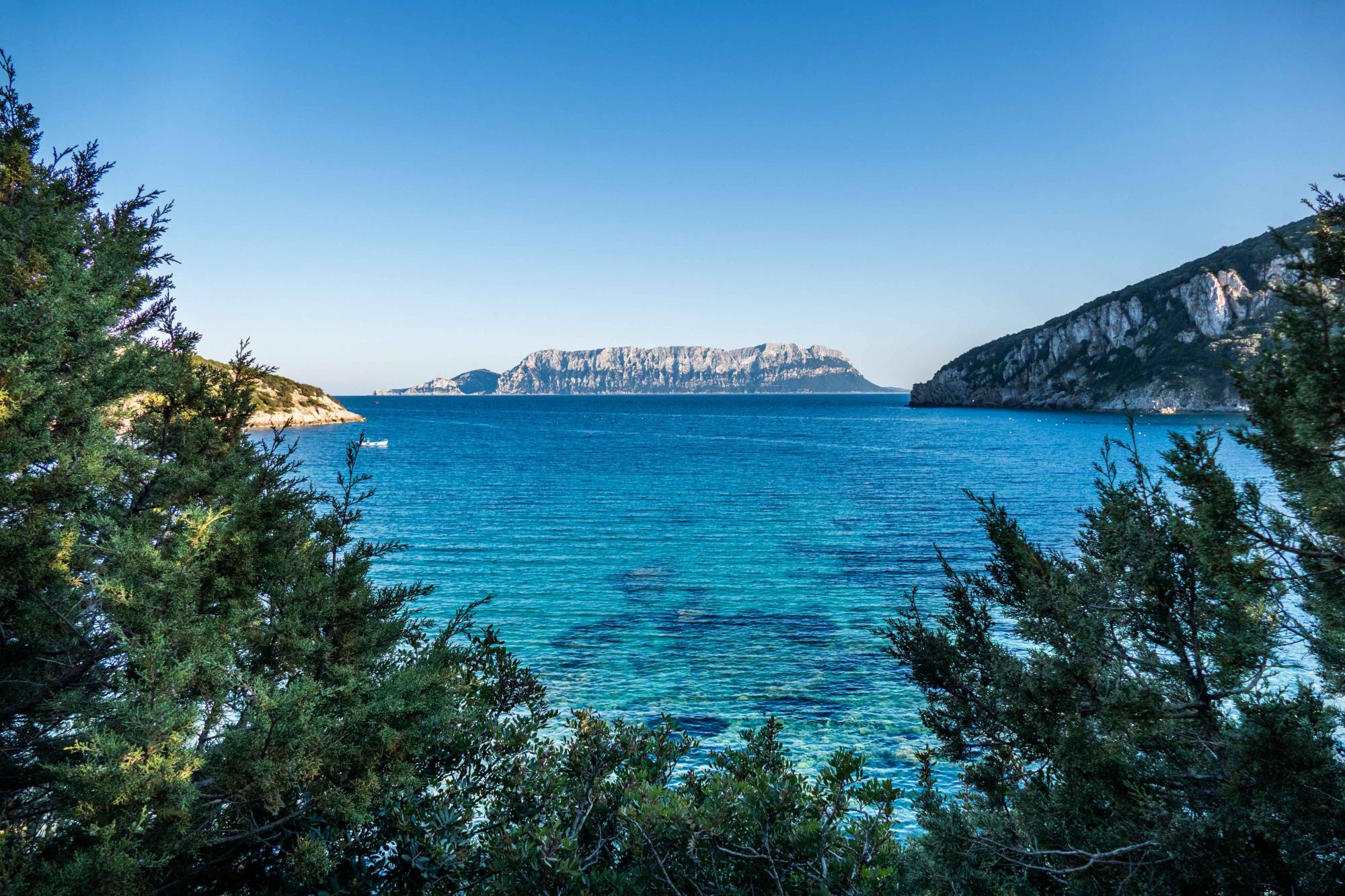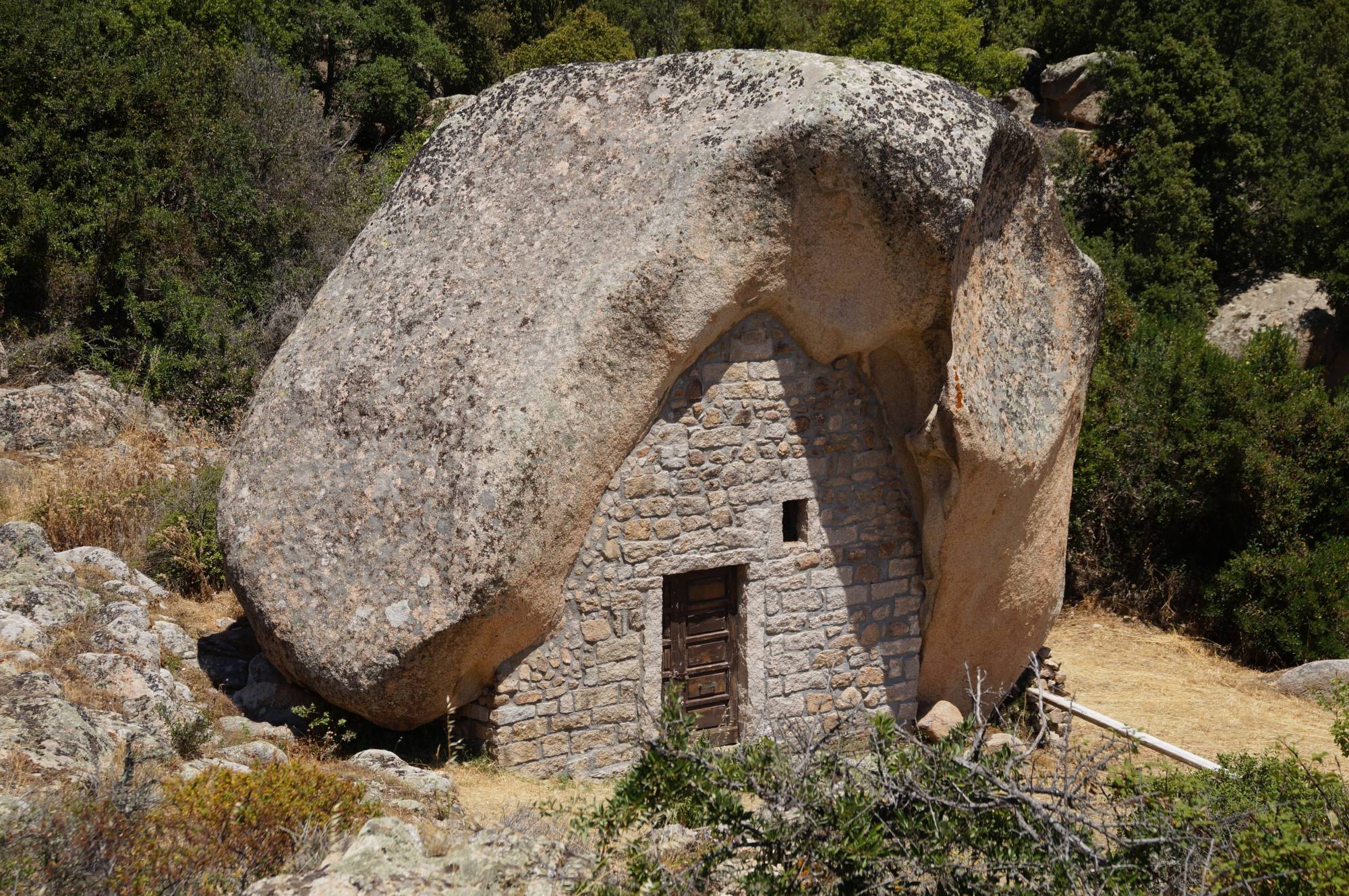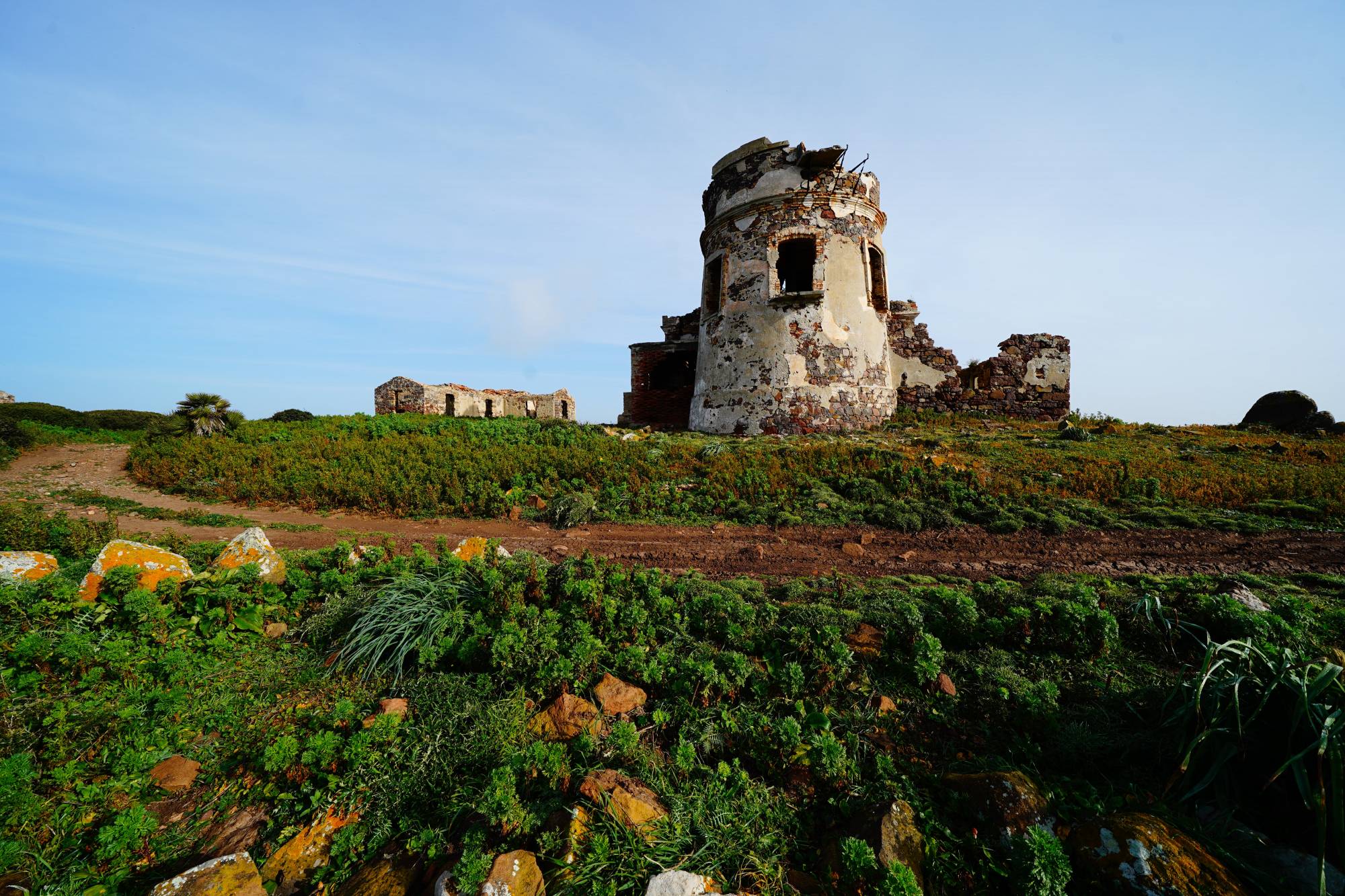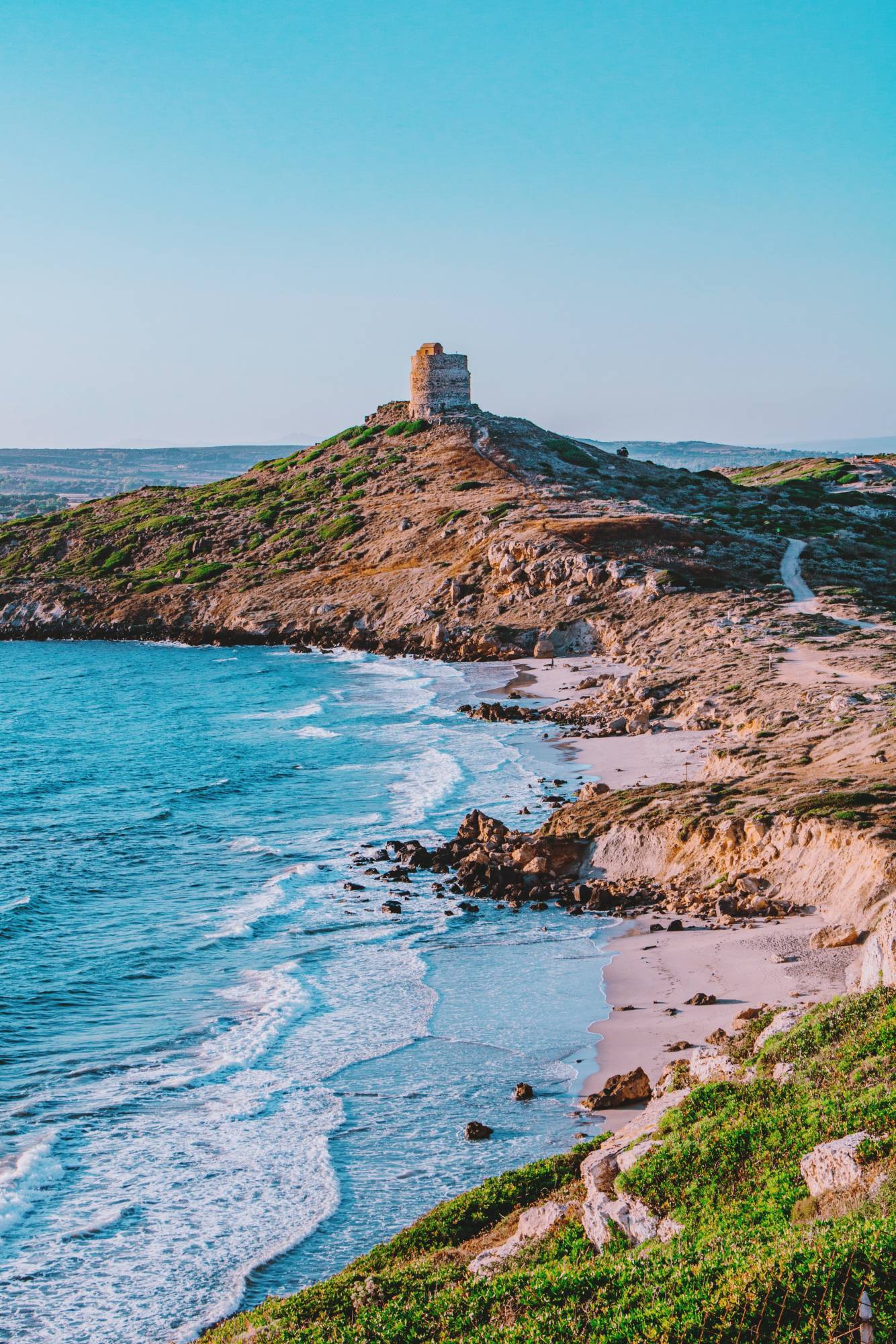
It has always been considered among the most beautiful islands in the world, Sardinia is not only known for its beaches with crystal clear waters, but also for the ancient history of the hinterland. As the discoveries that have followed over the years suggest, the Nuragic Civilization was complex and quite sophisticated, with a mystical impulse towards the sacred, exalted through architecture. Known by the Greeks since the Bronze Age with the name of Sandaliothim, with the meaning of "Sacred Sandalwood", in addition to the reference to the shape of the island that resembles a sandalwood, the name originates from the presence of numerous and sophisticated ancient architectural monuments: the nuraghi. With more than 8,000 specimens, the role of the nuraghi is known for their strong link with spirituality.
Sardinia has many of these megaliths that show light effects between their walls and fissures during the solstices and equinoxes, whose position of the tower on earth in some cases represents the shape of the constellations.

The suggestive Sardinia, temple island, a land of pilgrimage from all over the Mediterranean, is now more than ever rich in mystery and magic.
The internal part is particularly rich in terms of the island's historical and archaeological heritage. In addition to the nuraghi, for example, if you are in the Nuorese area, it is interesting to visit the Domus de Janas, the "Case delle Fate", whose legend says that they were imaginary creatures of the Sardinian tradition, minute women with a moody disposition, a some witches and some fairies, much smaller than humans, a sort of Sardinian version of the elves.
If for some scholars the domus reproduce the structure of the hut villages, for others they symbolically represent a uterus, where the bodies were placed in a fetal position with weapons and tools, ready to be reborn.

Visiting the sacred wells, thanks to a light point on the ceiling, you are easily amazed to observe the basalt boulders that make up the walls and perfectly smooth steps. With about forty specimens on the island, the best preserved structure is the well of Santa Cristina, which more than any other shows the astronomical alignment of the building. The moon, every eighteen and a half years, shines through the light point of the roof and illuminates the well, just as the sun does from the staircase to each equinox, making this structure a real work of art wrapped in a mystical aura and magic. Giants' tombs are another mysterious type of tombs in ancient Sardinia. They are traditionally called so not for their size, but for the bones found inside, which in folklore were thought to be the remains of the orc's meals. Another unmissable destination is the temple of "Monte d'Accoddi", the only pyramid in the western Mediterranean and the only ziggurat in the entire Mediterranean. Built around one thousand six hundred years before the nuraghi, it is one of the most disconcerting temples on the island. The hinterland is a real journey into prehistory a few steps from the sea. A rough and rough territory, a unique history and tradition, worthy of a people proud of their roots like the Sardinian one.

Going down to the Giara area, located in central-southern Sardinia, where the famous nuraghe of Barumini stands, also called "Su Nuraxi" and declared a World Heritage Site by UNESCO in 1997, it is possible to see a very rare species, in Italy and Europe, of wild ponies called the "Cavallini della Giara" and a park composed of cork oak woods and the multifaceted Mediterranean scrub.
Heading towards the southernmost tip, crossing entire areas of shrubs, garrigues and holm oak trees, you reach the wonderful coast of Chia. Dominated by the homonymous tower, visible from all its beaches, Chia owes its popularity to the clarity of its waters, which bathe the coast for about 6 km. In this area you can visit the archaeological area of Nora, of Punic origins, considered the oldest city in Sardinia. Chia extends to Capo Spartivento, the second most southern strip of land on the island, where the spectacular Capo Spartivento Lighthouse is located, still functioning as a luxury guesthouse.

Not far away is the richest and most important city for business and economy, the regional capital and nerve center of all the main activities of the island: Cagliari. The city is dominated by the ancient Castello district, a fortified medieval hilltop district which, like a watchful eye, monitors the city from above. Located in this district, with its imposing walls, stands the Bastion of San Remy, one of the symbols of the country, from whose terrace you can admire the splendid setting of the town and the fascinating seaport.
If you are in Cagliari, the walk in the historic districts of Stampace, the merchants' quarter, the Marina, the fishermen and sailors district, and Villanova, the neighborhood of shepherds and peasants, is a must. Do not miss the Cathedral of the thirteenth century, the National Archaeological Museum which exhibits artifacts from the Nuragic age to the Byzantine era and the Basilica of Our Lady of Bonaria.
Among the noteworthy archaeological sites there is also the Roman Amphitheater and finally a must is a stop at Poetto, the city's beach that stretches for about 8 kilometers, starting from the panoramic promontory of La Sella del Diavolo.

























